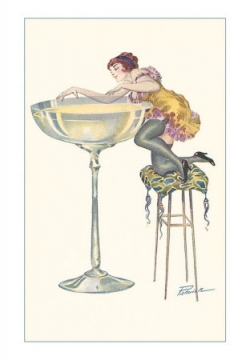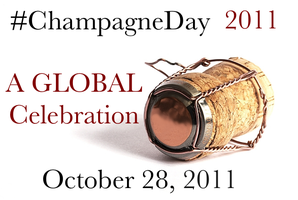Tomorrow, October 23, 2015, is the sixth annual Global #ChampagneDay —
All you need to participate is a glass of Champagne — share your photos, tasting notes, experiences and videos on any social media site, and be sure to add the #ChampagneDay hash tag so your wine friends from around the globe can share in the fun.
Yes, it’s that special time of year to raise your flute to the quintessential wine of celebration, good cheer and toasts everywhere: Champagne!
And remember Champagne is from the Champagne region of France, which, on July 5th 2015 was granted World Heritage status by UNESCO and Champagne is from the Champagne region of France, making it the only sparkling wine that can be called Champagne.
Liz Palmer
The Ultimate Guide To Champagne – Release Date: Spring 2016
wwwLiz-Palmer.com




